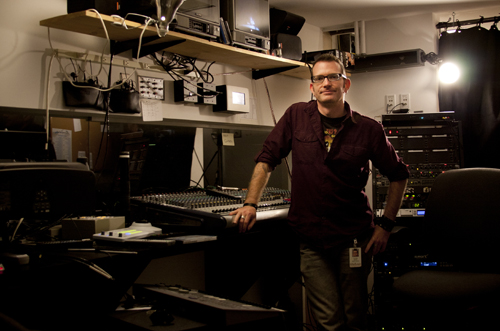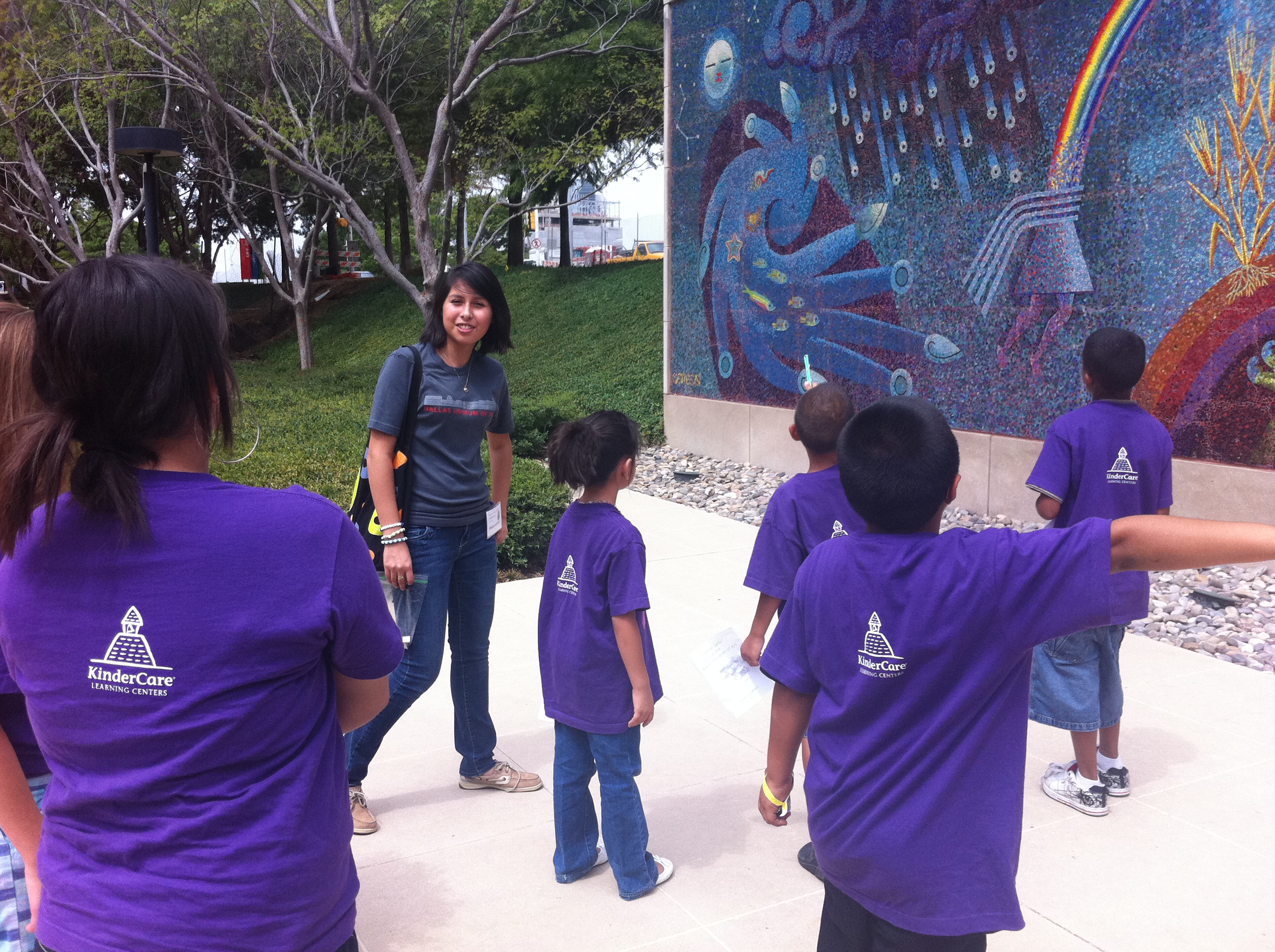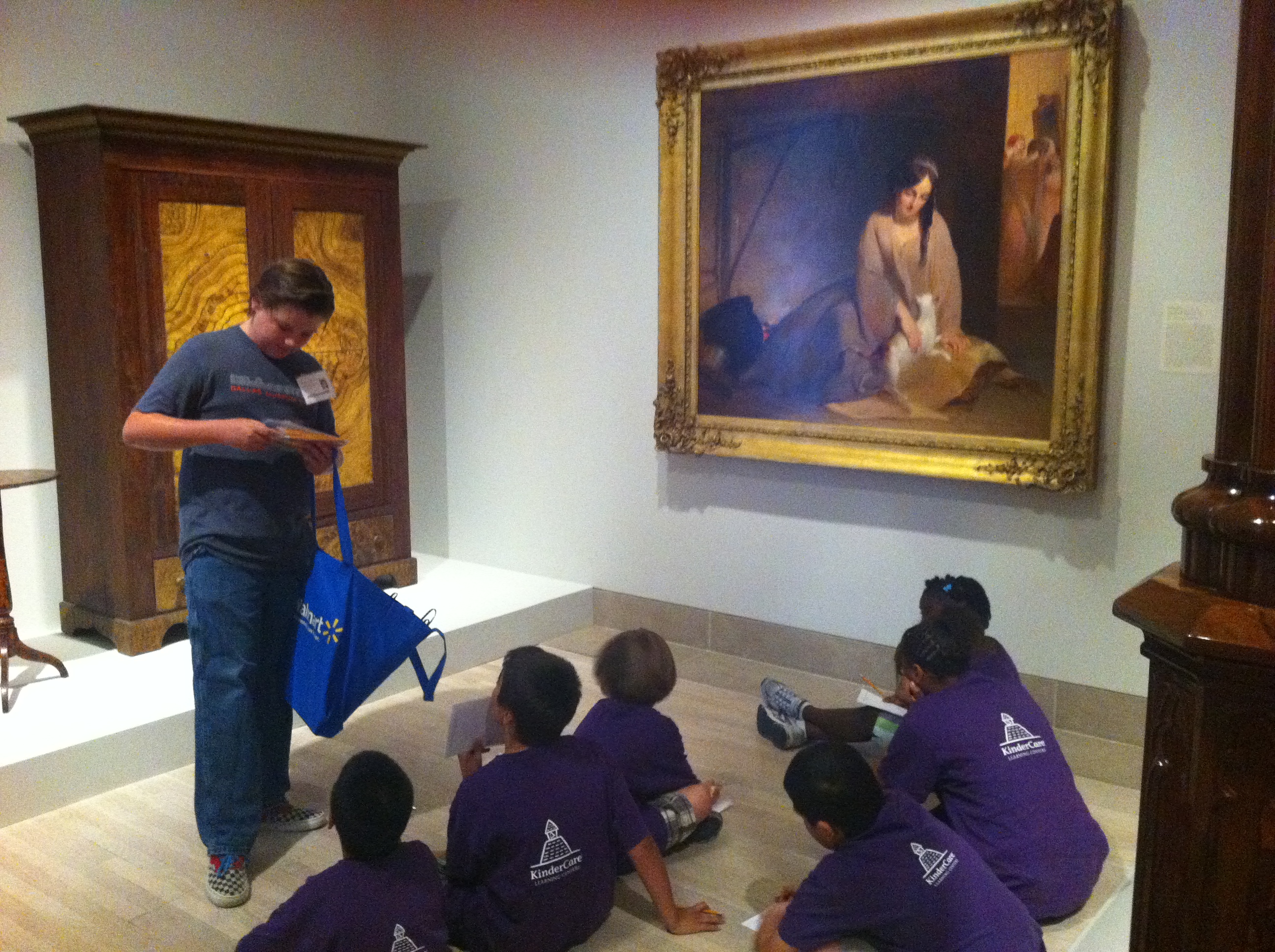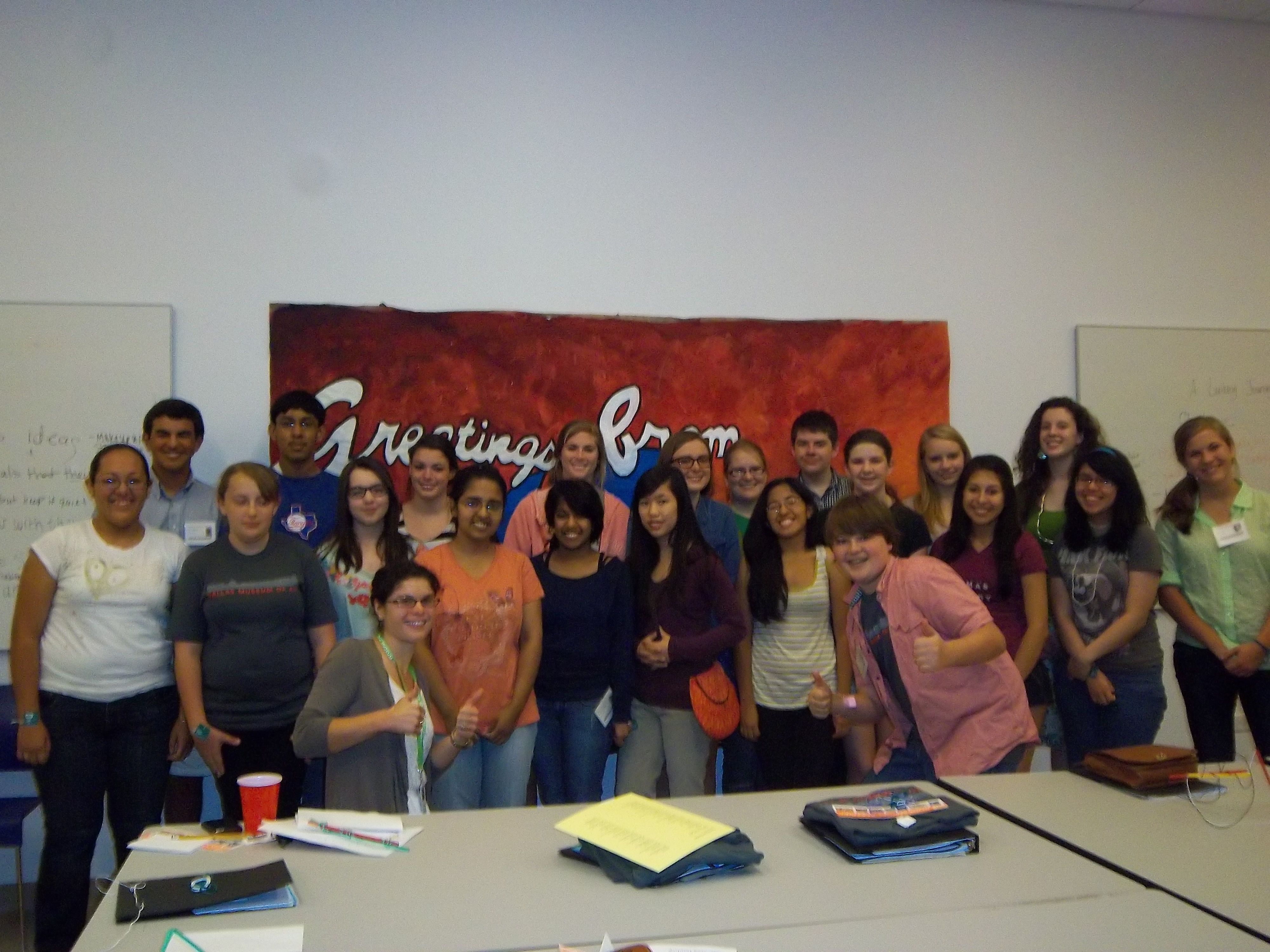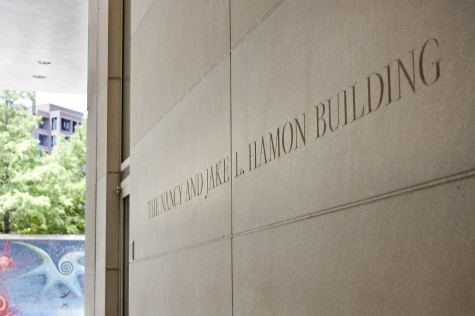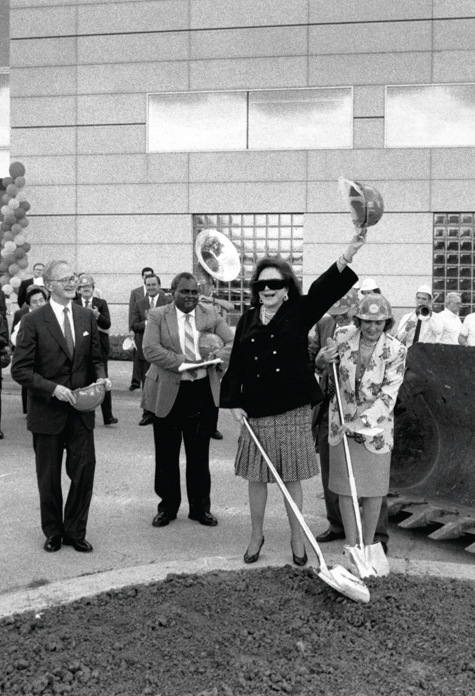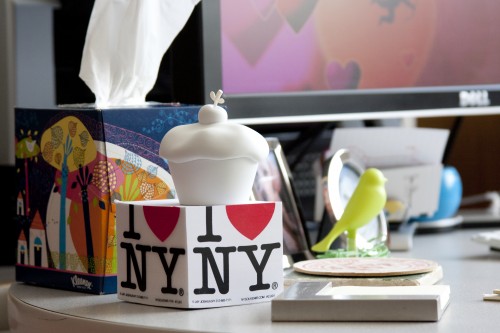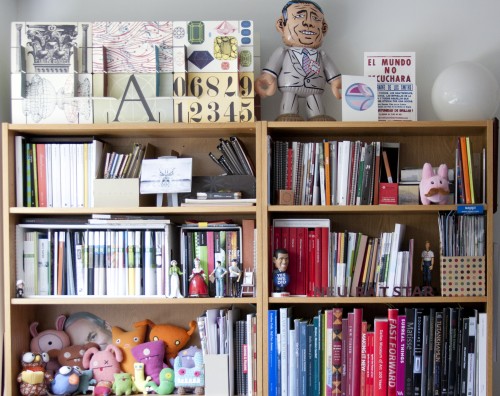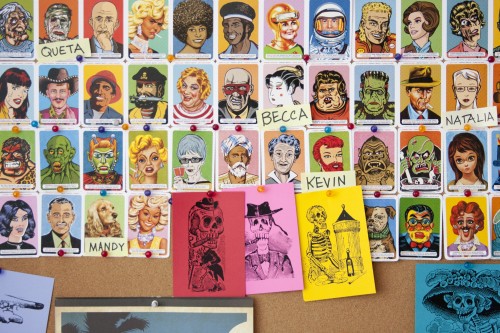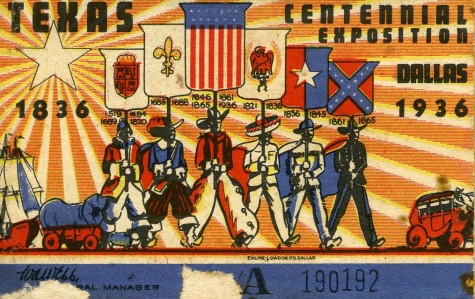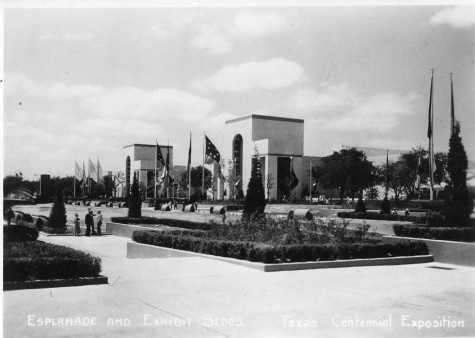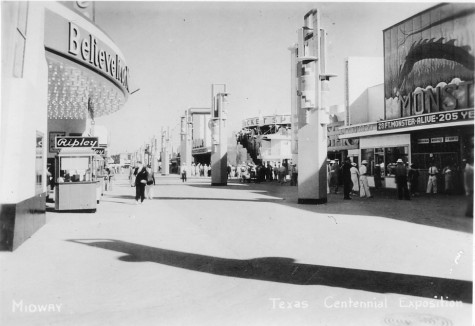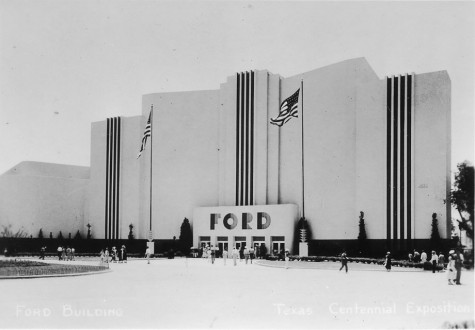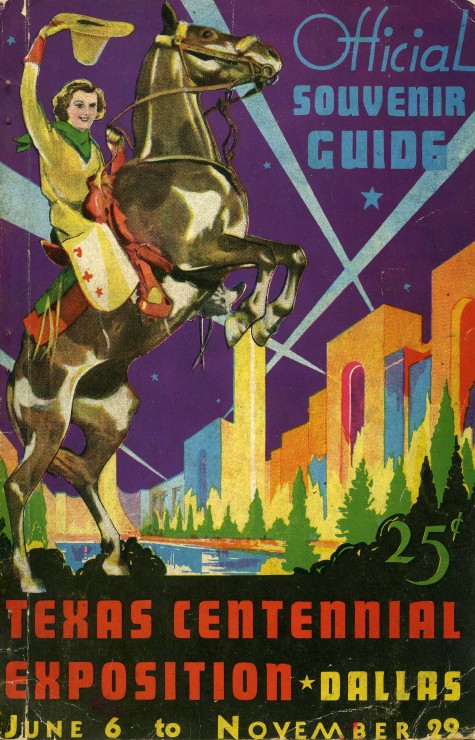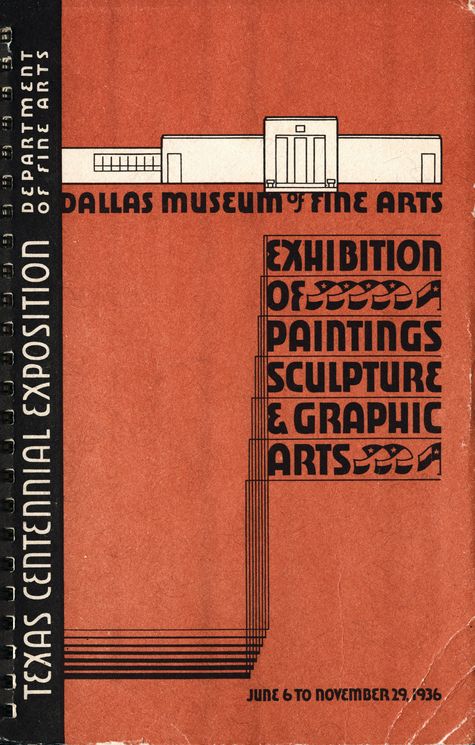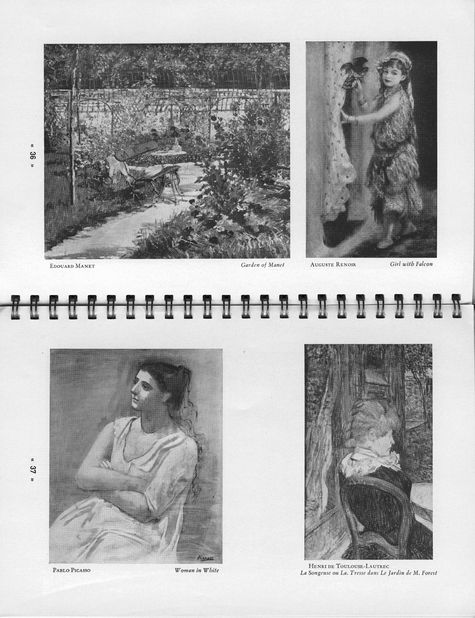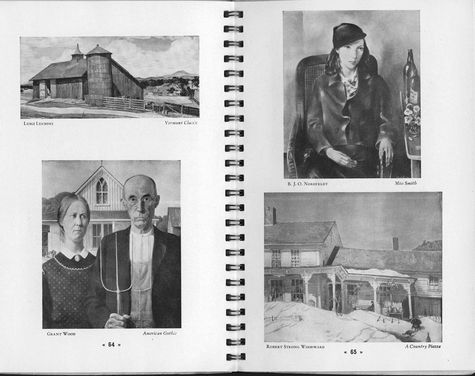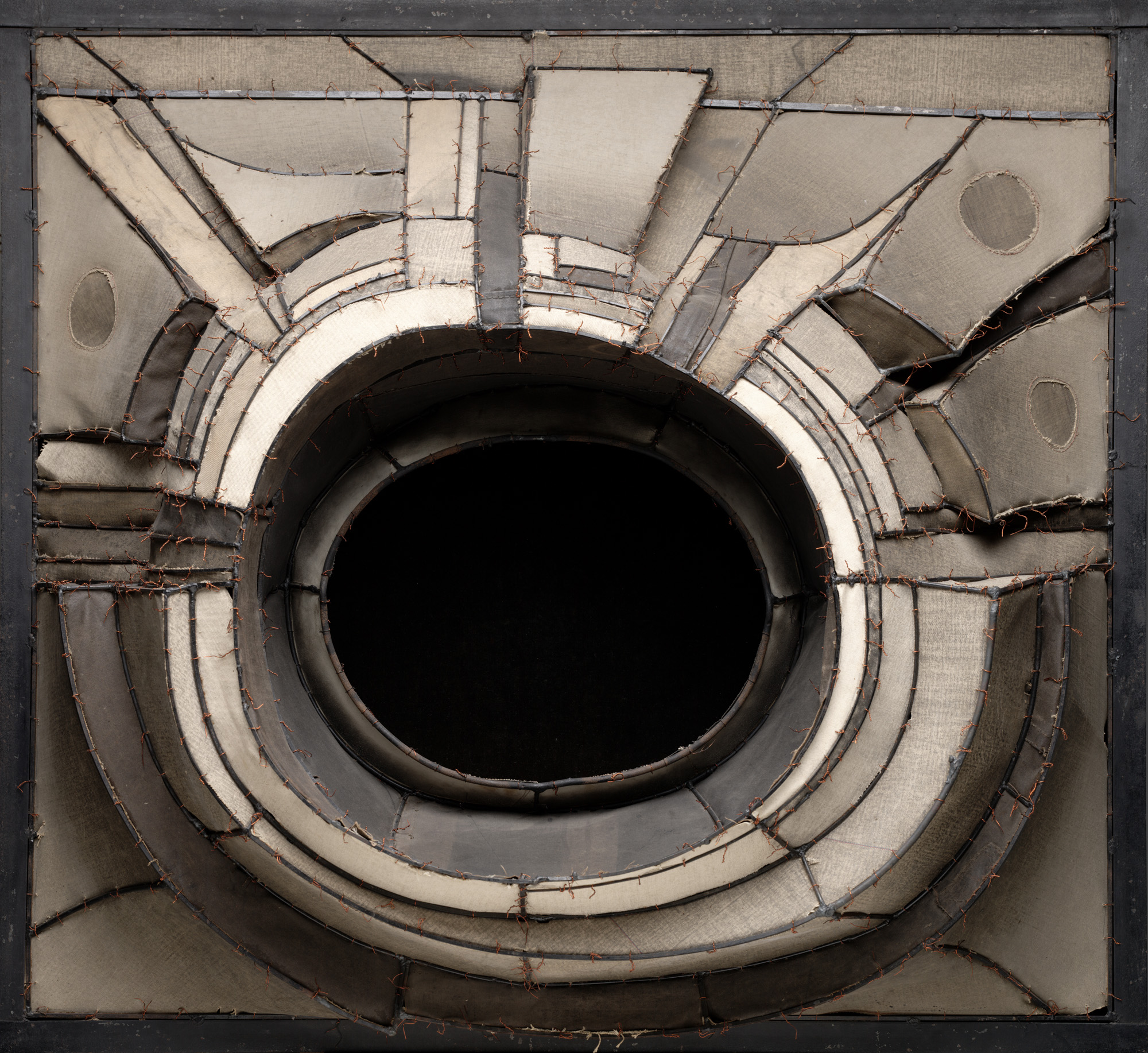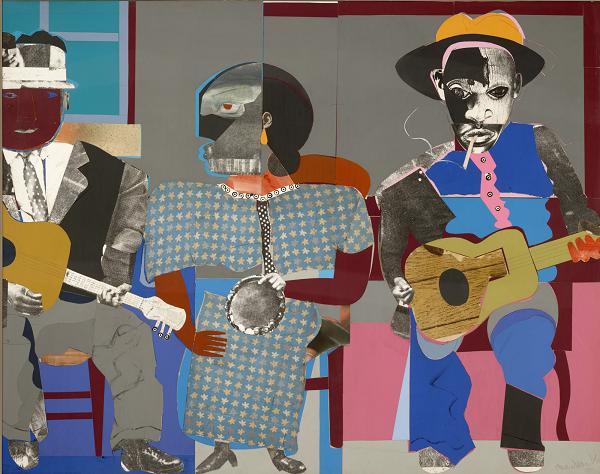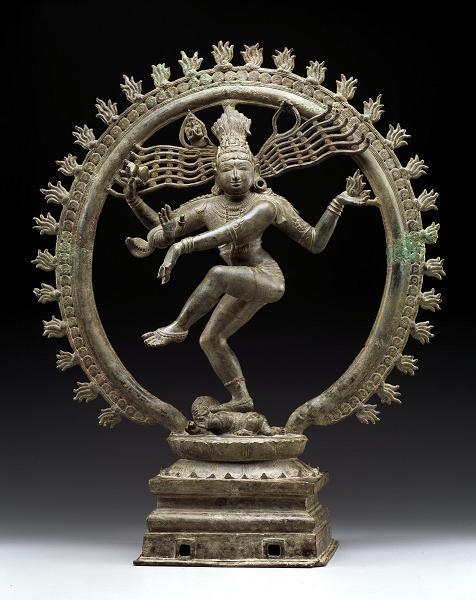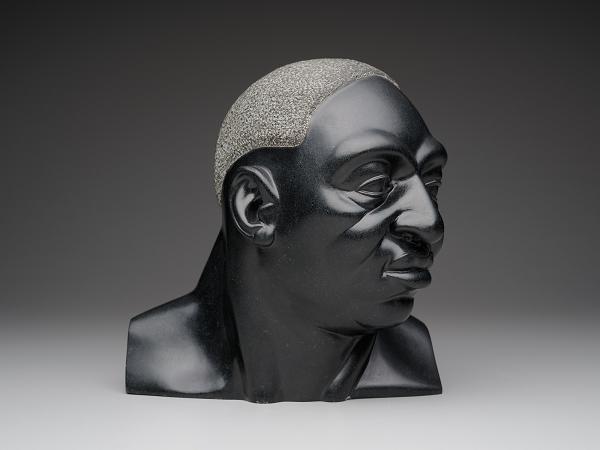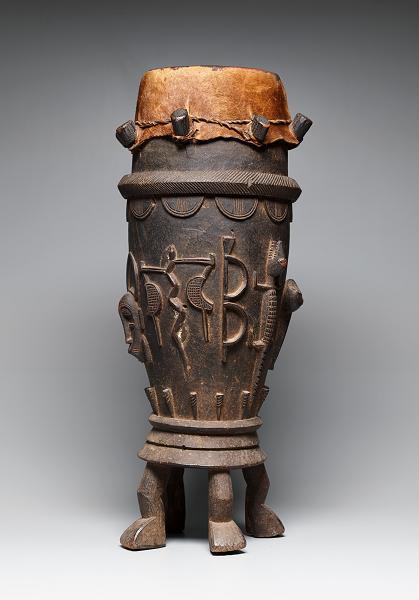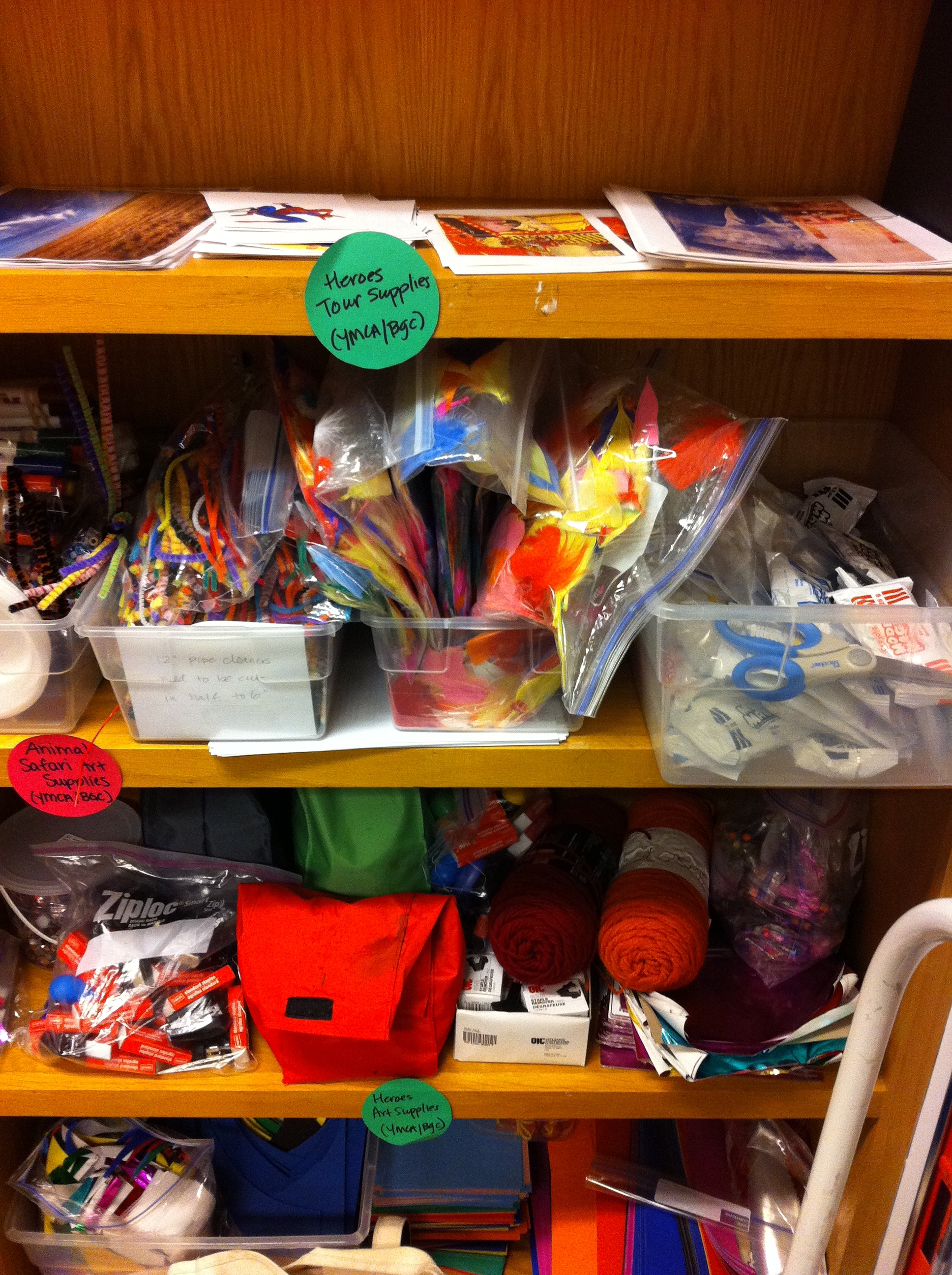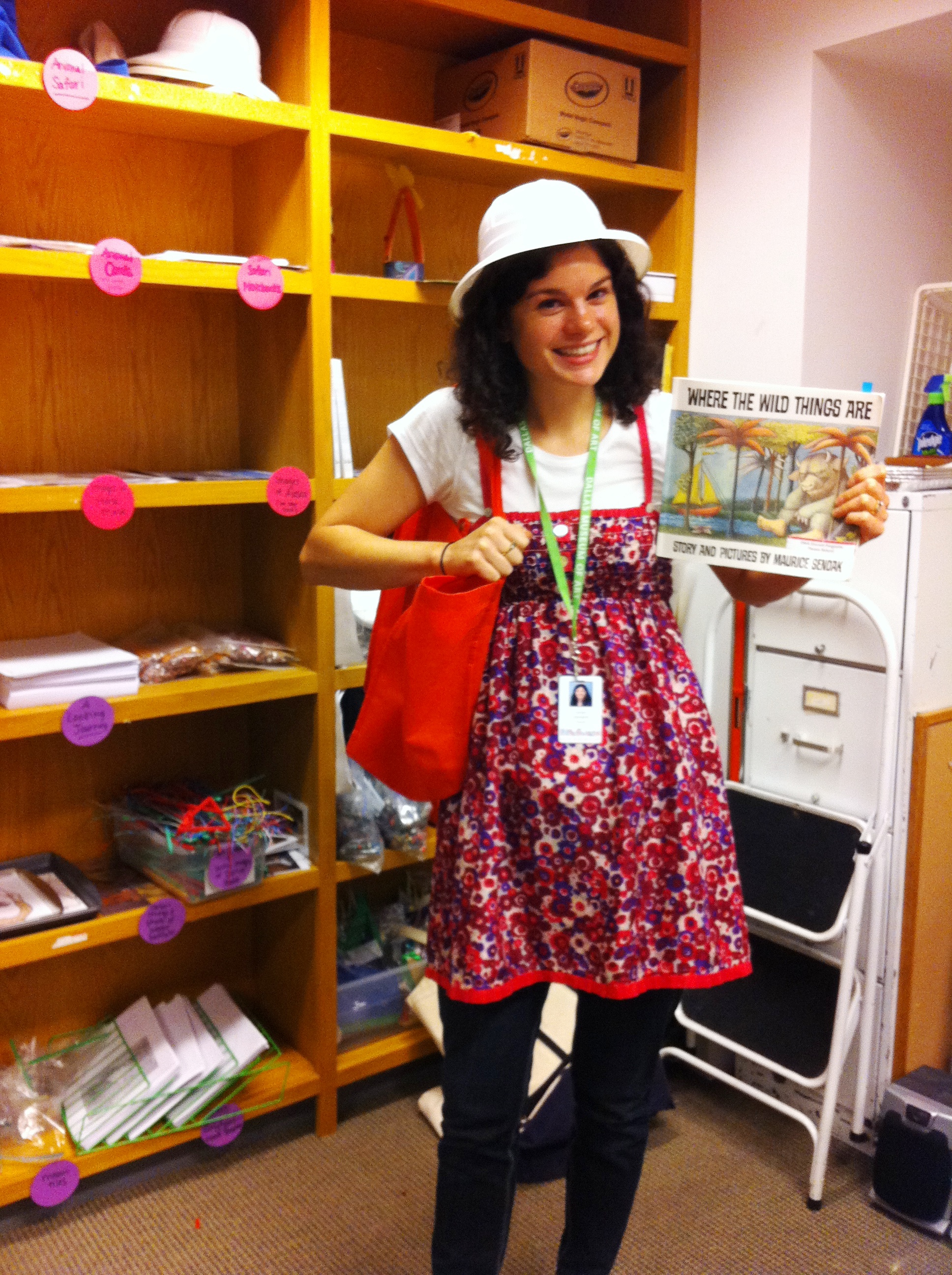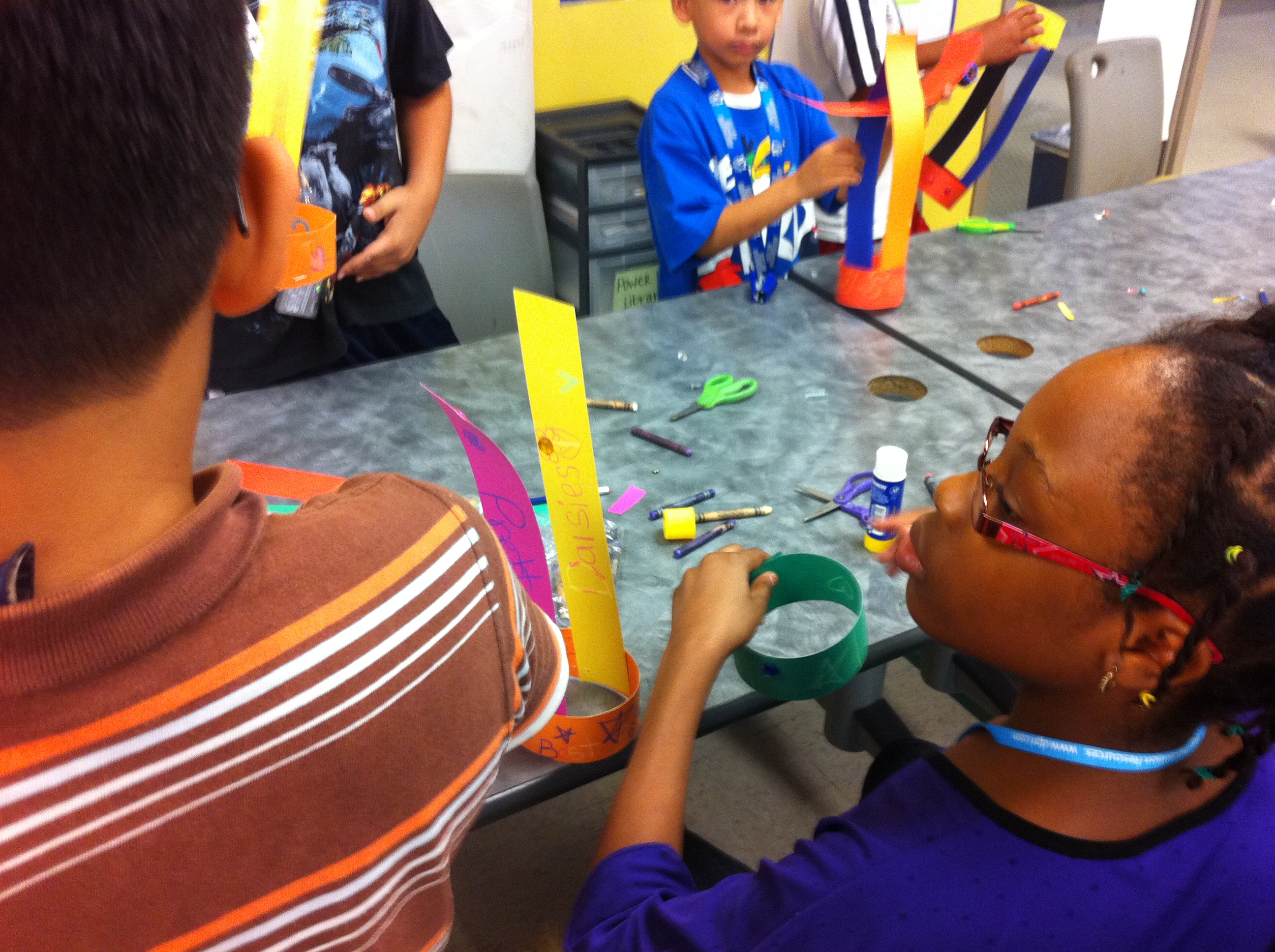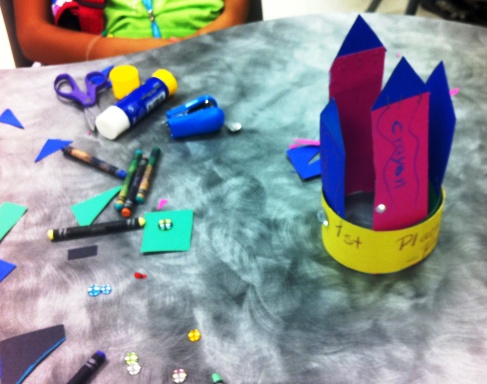Uncrated tracked down Corbett Sparks, one of the DMA’s multimedia technicians, to talk about his job at the Museum. Corbett can frequently be spotted behind the sound board during Thursday Night Live and Late Nights in the Atrium and is also the “great Oz” in the Horchow Auditorium control booth.
Describe your job in fifty words or less.
I am a multimedia technician, which means I take care of any audio/video needs that come up at the Museum. I am also in charge of editing and cataloguing all recorded audio.
What might an average day entail?
I really don’t have average days—I don’t even have a regular schedule! The only consistent part of my week is Thursday night, where I run sound for jazz (Thursday Night Live). I also take care of all the atrium performances for Late Nights on the third Friday of every month. Other days I might be setting up a laptop and projector for a meeting or running the sound and light boards for a lecture in the Horchow Auditorium.
How would you describe the best part of your job and its biggest challenges?
Meeting the artists and performers that come through here and making sure their lecture/show goes off the way they want is my favorite part of this job. I am a people-pleaser and enjoy exceeding their expectations. My biggest challenge might be dealing with all the people that get me confused with the other tech, JD. We kind of look alike.
Growing up, what type of career did you envision yourself in? Did you think you’d work in an art museum?
I always knew I would work in a creative field. When I was younger, I wanted to either be a fine artist or movie director. That being said, I still don’t know if I am grown up yet.
What is your favorite work in the Museum’s collections?
Bill Viola’s, The Crossing. He was an early inspiration for me as an artist. My first introduction to his work was actually at the DMA. That piece was called The Sleep of Reason:
“A black-and-white monitor on a wooden chest shows a close-up view of a person sleeping. At random intervals, the lights cut out and the room is plunged into total darkness. Large color moving images momentarily appear on three walls and a loud disturbing sound of moaning and roaring fills the space — fires burn out of control through city buildings, fierce attack dogs lunge at the camera, violent ocean waves crash into shore, a provoked owl flies into a bright light. Just as suddenly, the images vanish, the lights come back on, and the room returns to normal.”
This piece opened my high school eyes to what art could be—not just paintings and sculpture, but concepts and the use of technology to get those ideas across.
Is there a past exhibition that stands out in your mind as a favorite, or is there a particular upcoming show you’re looking forward to seeing?
I really enjoyed Fast Forward. I am also definitely looking forward to the Jean Paul Gaultier exhibition. I am intrigued by the use of the “Tony Ousler”-ish projections on the mannequins and the general atmosphere surrounding them. Looks like fun!
